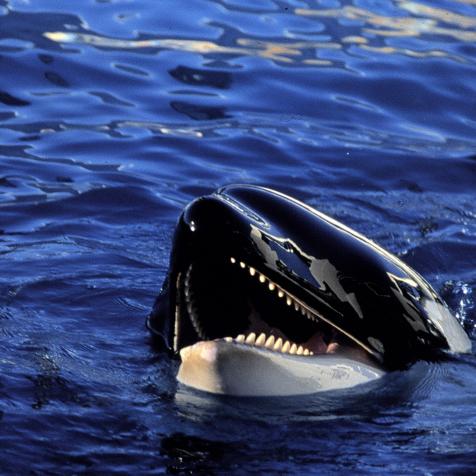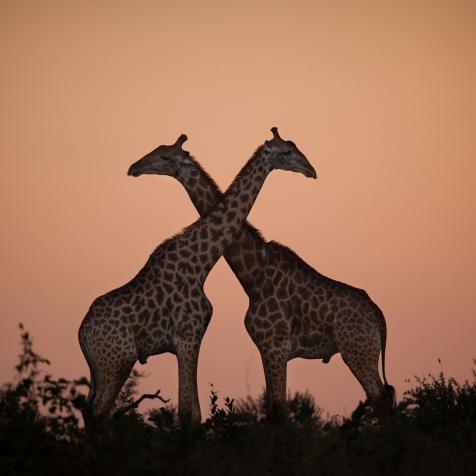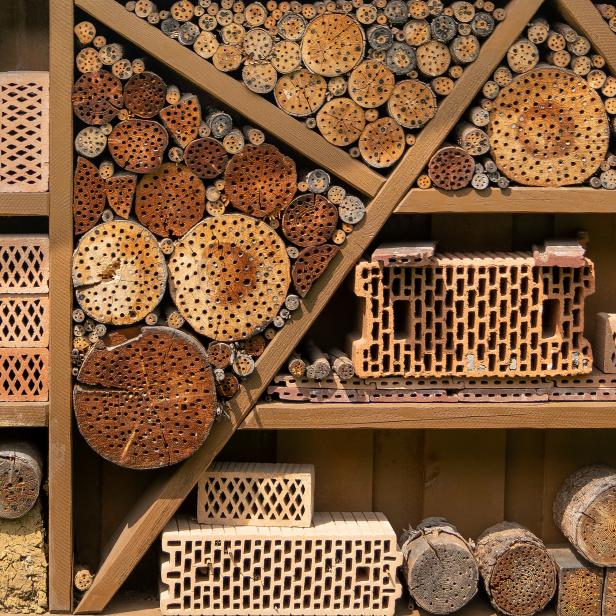
RobertSchneider
Welcome to the World’s Largest Insect Hotel
Crafted from sustainably felled timber, and sat in the middle of a beautiful nature reserve, with views of majestic mountains and glassy lochs, this brand new hotel in Scotland is already a firm favorite among guests. Although unfortunately for humans, this grand establishment caters to the six-legged kind.
Scottish conservation group Highland Titles recently made it into the Guinness World Records books after opening the world’s largest insect hotel. Measuring more than 7,000 cubic feet, the group used felled Sitka spruce - a non-native species - bamboo canes, masonry bricks, wood chips, forest bark, clay pipes, and strawberry netting to build the accommodation.
The hotel sits in the group’s nature reserve in Duror, a 220-acre parcel of land near Glencoe, in the West of Scotland. Overlooking Loch Linnhe, it's an enviable spot that most human guests would pay hundreds of dollars for the opportunity to stay there.
A Guinness World Records adjudicator visited the site and confirmed the insect hotel, which already houses a variety of species, took the world record from a 3,157-cubic-foot insect hotel built in Warsaw, Poland.
“This record-breaking initiative is about the environmental message,” says Douglas Wilson, CEO of Highland Titles. “We bought this land in 2006 when it was a poorly performing commercial forestry plantation of non-native Sitka Spruce.
“Like much of the Highlands, it was inappropriately planted in the late 1980s with no thought or consideration given to biodiversity. Using these same trees for something that puts nature first symbolizes that the world has changed, and we hope our efforts will inspire others.”

Josef Thomalla / EyeEm
Restoring insect populations, like bees and butterflies, to Scotland is one of the hopes of the insect hotel.
Construction on the hotel began in September 2021 and the new facility opened its doors in early March 2022, with a team of seven working on the building. The nature reserve saw a huge drop in visitor numbers due to the pandemic.
“In 2019, we had more than 10,000 visitors to the nature reserve from all over the world,” Nature Reserve Manager, Stewart Borland, explains. “The pandemic really put a dent in our visitor numbers, so we hope that this - together with the new track which is adored by cyclists - will encourage people to visit now that travel is opening up again.”
The reserve hopes the hotel will receive a myriad of guests, such as ants, ladybirds, beetles, bees, and butterflies. They, in turn, will help to feed other animals on the reserve - like bats, hedgehogs, birds, and badgers.

Sandra Standbridge
The insects play an important role in the ecosystem, like providing food for this badger.
The decline of insects in Scotland parallels what’s happening across the world – a trend of what scientists are calling the sixth mass extinction. The UK is seeing the most significant of those declines out of every country in the world. A report released in 2019 laid bare the extent of the damage that humans have wreaked on the planet: wiping out 60% of mammals, birds, fish, and reptiles since 1970. The report also highlighted the “dreadful state” of insect biodiversity in the world. Almost half of the species are rapidly declining and a third are being threatened with extinction.
Insects are the heart of global food webs and ecosystems. They’re essential in recycling nutrients, pollinating plants, and as food for countless vertebrate species. In Scotland’s Duror, there are high hopes that the region’s new hotel will not help boost insect visitors, but inspire other reserves and environmental organizations to build their own.












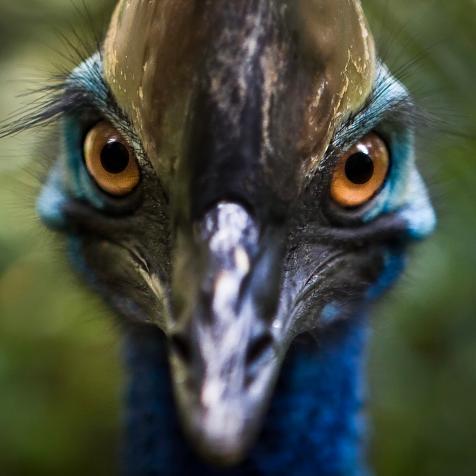
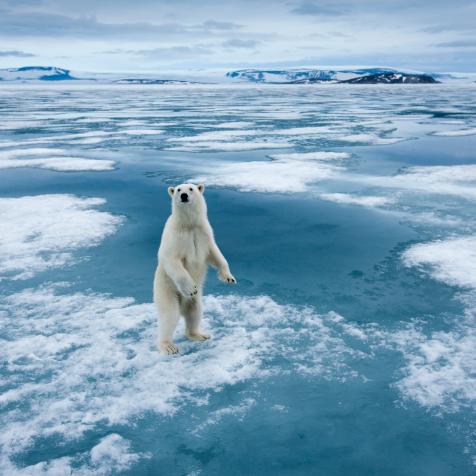

.jpg.rend.hgtvcom.476.476.suffix/1633031314945.jpeg)
